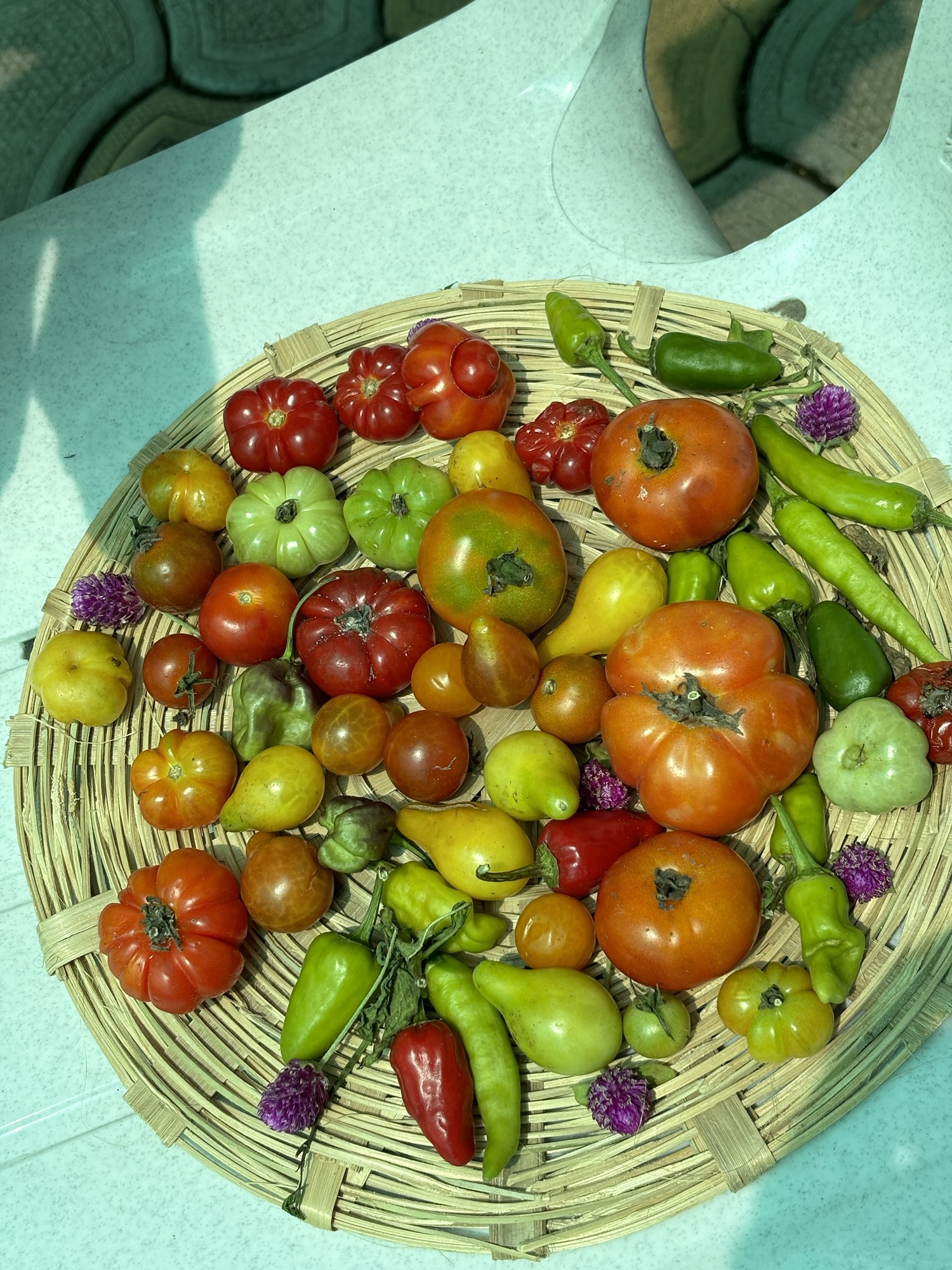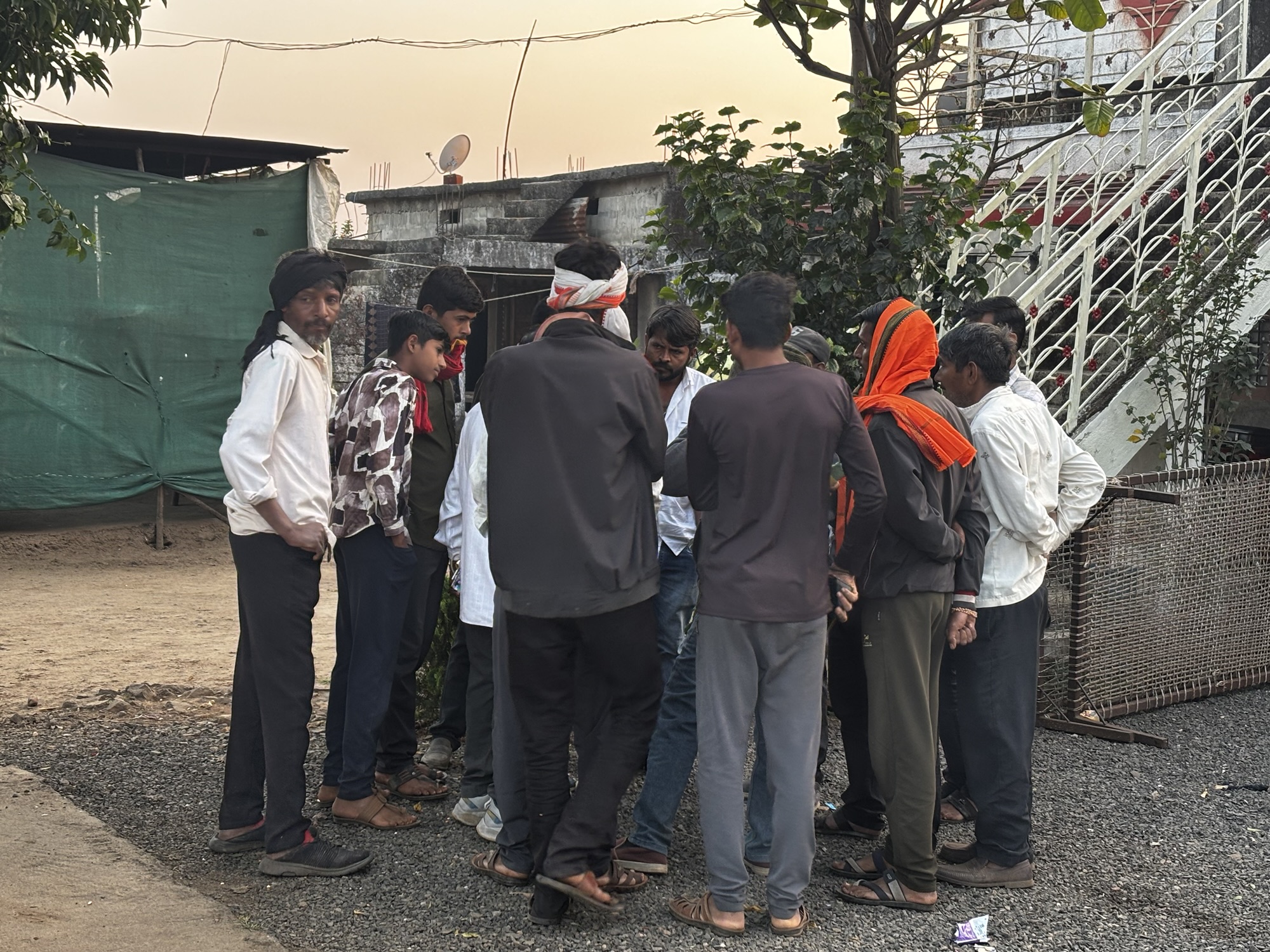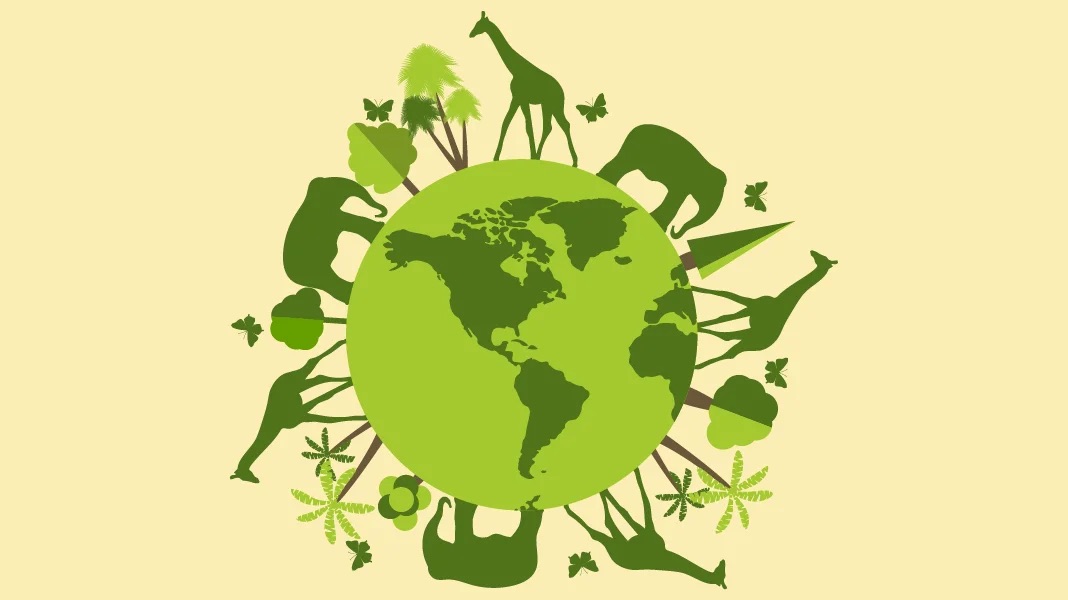Rice is one of the most important staple foods in the world. It is a vital part of many cultures, especially in Asia. Recent research reveals that rice was first grown around 10,000 years ago. This crop played a key role in connecting India and Southeast Asia. The story of rice begins in the Yangtze River basin in China. Here, archaeologists found evidence of early rice cultivation. They suggest that rice domestication happened about 9,000 to 10,000 years ago.
As rice cultivation spread, it influenced many regions. It traveled to Southeast Asia through trade and migration. Farmers took their rice seeds with them, leading to new varieties. For example, the tropical japonica rice spread southwards after a global cooling event around 4,200 years ago. This rice became essential for the diets of many people in Southeast Asia.
In India, rice cultivation is believed to have started around 4,500 years ago. It is thought that rice was introduced by traders and migrant farmers from China. This introduction led to hybridisation with local wild rice. Over time, rice became a staple in India as well.
The two main types of rice, Oryza sativa indica and Oryza sativa japonica, have distinct characteristics. Indica rice is long and non-sticky, while japonica rice is short and sticky. These differences are crucial for various culinary uses. The unique properties of each type also reflect the regions where they are grown.
In Southeast Asia, rice is deeply ingrained in culture. It shapes not only the diet but also social customs and rituals. For instance, rice is used in ceremonies and is often seen as a symbol of prosperity. In Indonesia, rice is the central focus of agriculture and is crucial for the livelihoods of millions of families.
The spread of rice did not stop in Asia. Through trade, it traveled to Africa and the Americas. In Africa, the less common Oryza glaberrima rice was domesticated independently about 3,000 years ago. This variety is still grown in many parts of West Africa today.
Modern scientific studies are uncovering more about the history of rice. Genetic analysis shows that all Asian rice varieties likely descended from a single domestication event. This means that rice cultivation may have originated only once, rather than in multiple regions at different times. This research helps clarify the complex history of rice and its significance in global agriculture.
Today, rice is the staple food for more than half of the world’s population. Countries like China, India, and Indonesia are the top producers. Rice farming methods have evolved over the years, leading to increased production and efficiency. The Green Revolution, for example, introduced new technologies and breeding methods that significantly boosted rice yields.
Despite its long history, rice cultivation faces challenges in the modern world. Climate change, urbanisation, and economic shifts threaten traditional farming practices. Farmers need to adapt to these changes to ensure the survival of rice as a staple food.
In conclusion, rice is more than just a crop; it is a vital part of human history and culture. Its journey from the fields of ancient China to the plates of people around the world shows its importance in connecting diverse communities. Understanding this history can help us appreciate rice’s role in food security and cultural heritage today.




